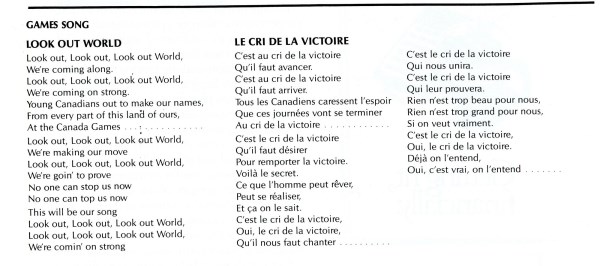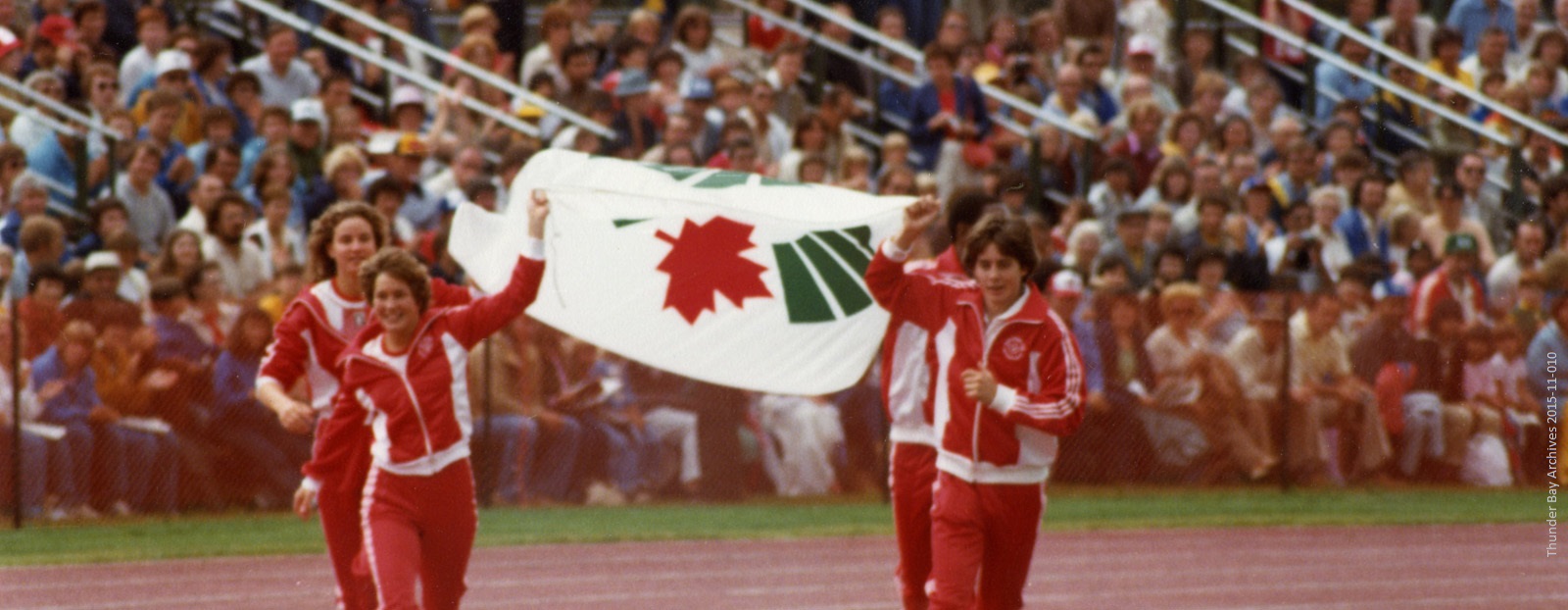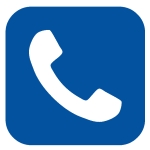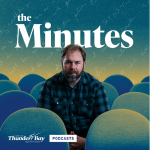 Promoting Sport in Canada
Promoting Sport in Canada
Sports development and the promotion of health and fitness had been topics of discussion within Canada for much of the twentieth century. The Jeux Canada Games of 1981 took place within a broader landscape of continuing debate over the importance of sport, private sponsorship, the role of government involvement in promoting sport and fitness and an ongoing debate over whether professional athleticism should take precedence over the promotion of general health and well-being. In 1961, the Fitness and Amateur Sport Act was passed to “encourage, promote and develop fitness and amateur sport in Canada.”1 This Act also saw the establishment of the Federal Fitness and Amateur Sport Branch, which would eventually serve as the main overseer and key financier of the Jeux Canada Games. Often considered an opportunity to train young Canadians, the Jeux Canada Games were recognized as a key method for encouraging activity and strengthening the degree of professional skill in Canadian athletes.
 In 1969, the Canada Games Council was established as an independent body to oversee the Games and establish standards and policies for all events and host societies. The Canada Games Council laid out a list of objectives that went well beyond sport itself. Earl Dawson, first secretary of the Council, explained that in addition to supporting young athletes, the Games were about the development of first-class facilities for communities across Canada, the promotion of local level athletic competitions and the expansion of employable skills of individuals within communities through the professional development opportunities offered by the Games. From the initial stages of planning, organizers of the Jeux Canada Games 1981 recognized they would have to satisfy all these criteria in order to host the best Games ever. At the completion of the Games, Gerald A. Regan, Minister for Fitness and Amateur Sport, noted that “there is no doubt that the Canada Games have become what they were always meant to be: a quality developmental multi-sport event that offers realistic competitive opportunities for promising young athletes from every province and territory.”2
In 1969, the Canada Games Council was established as an independent body to oversee the Games and establish standards and policies for all events and host societies. The Canada Games Council laid out a list of objectives that went well beyond sport itself. Earl Dawson, first secretary of the Council, explained that in addition to supporting young athletes, the Games were about the development of first-class facilities for communities across Canada, the promotion of local level athletic competitions and the expansion of employable skills of individuals within communities through the professional development opportunities offered by the Games. From the initial stages of planning, organizers of the Jeux Canada Games 1981 recognized they would have to satisfy all these criteria in order to host the best Games ever. At the completion of the Games, Gerald A. Regan, Minister for Fitness and Amateur Sport, noted that “there is no doubt that the Canada Games have become what they were always meant to be: a quality developmental multi-sport event that offers realistic competitive opportunities for promising young athletes from every province and territory.”2
Highlights of the Games
- The Opening Ceremony held at Fort William Stadium attracted approximately 12,960 spectators and featured plans for an aero acrobat to enter the park from the sky. The 90 foot replica of Nanabijou was unveiled and featured dancers representing the fire and ice that awakens Nanabijou. The overriding theme for the opening ceremony was to celebrate youth while attempting to capture the physical and spiritual surroundings of Thunder Bay. The opening ceremony also featured the Thunder Bay Symphony Orchestra, a 1000-voice choir of schoolchildren and 400 dancers. Local athletes Larry Ukrainec and Susan Kainulainen lit the opening torch.
- The closing ceremony intended to draw on the historical legacies of Thunder Bay and promote ideals of unity and camaraderie. The 19th-century tradition of the Fort William ‘rendezvous’ was re-invoked and participants of the Games were invited as guests of honour. The Closing Ceremony also featured an appearance from the Sky Hawks, recreated the old Fort William village and featured multicultural dance groups and choirs.
- Major sporting successes at the Games included 21-year-old Ron Lonegan of Vancouver, who won the first gold medal of the Games for the men’s 10,000 metre sprint. Mike Mahovlich broke the record for men’s javelin, reaching a distance of 75.54 metres. Mike Dwyer of Toronto won the men’s 100 metre heat at a record-breaking 10.83 seconds.
| Province | Gold | Silver | Bronze |
|---|---|---|---|
| Ontario | 52 | 28 | 32 |
| Quebec | 19 | 39 | 22 |
| British Columbia | 18 | 26 | 18 |
| Alberta | 15 | 10 | 18 |
| Nova Scotia | 11 | 3 | 2 |
| Manitoba | 4 | 4 | 8 |
| Saskatchewan | 0 | 4 | 11 |
| New Brunswick | 0 | 2 | 4 |
| Newfoundland | 0 | 1 | 4 |
| Yukon | 0 | 0 | 0 |
| Prince Edward Island | 0 | 0 | 0 |
| Northwest Territories | 0 | 0 | 0 |
Visit the Canada Games Website for more Information
2 Quote from Gerald A. Regan, Minister for Fitness and Amateur Sport adapted from the publication: Jeux Canada Games 1981, published by the Government of Canada. City of Thunder Bay Archives (TBA 8022-26).
Contact Us








